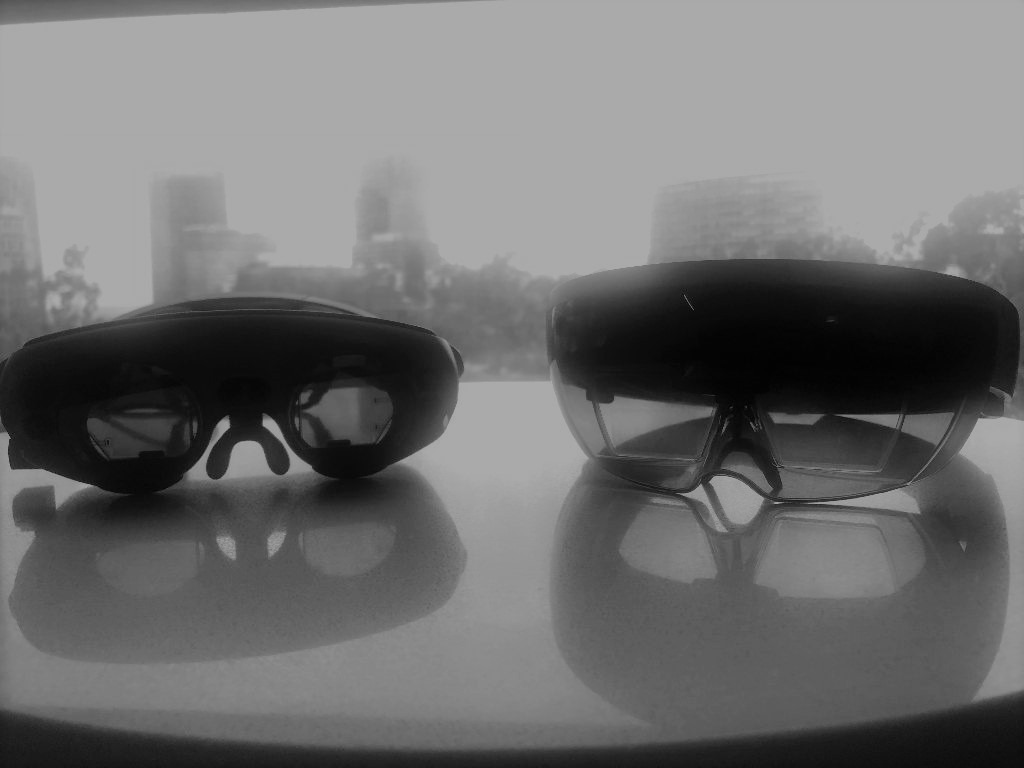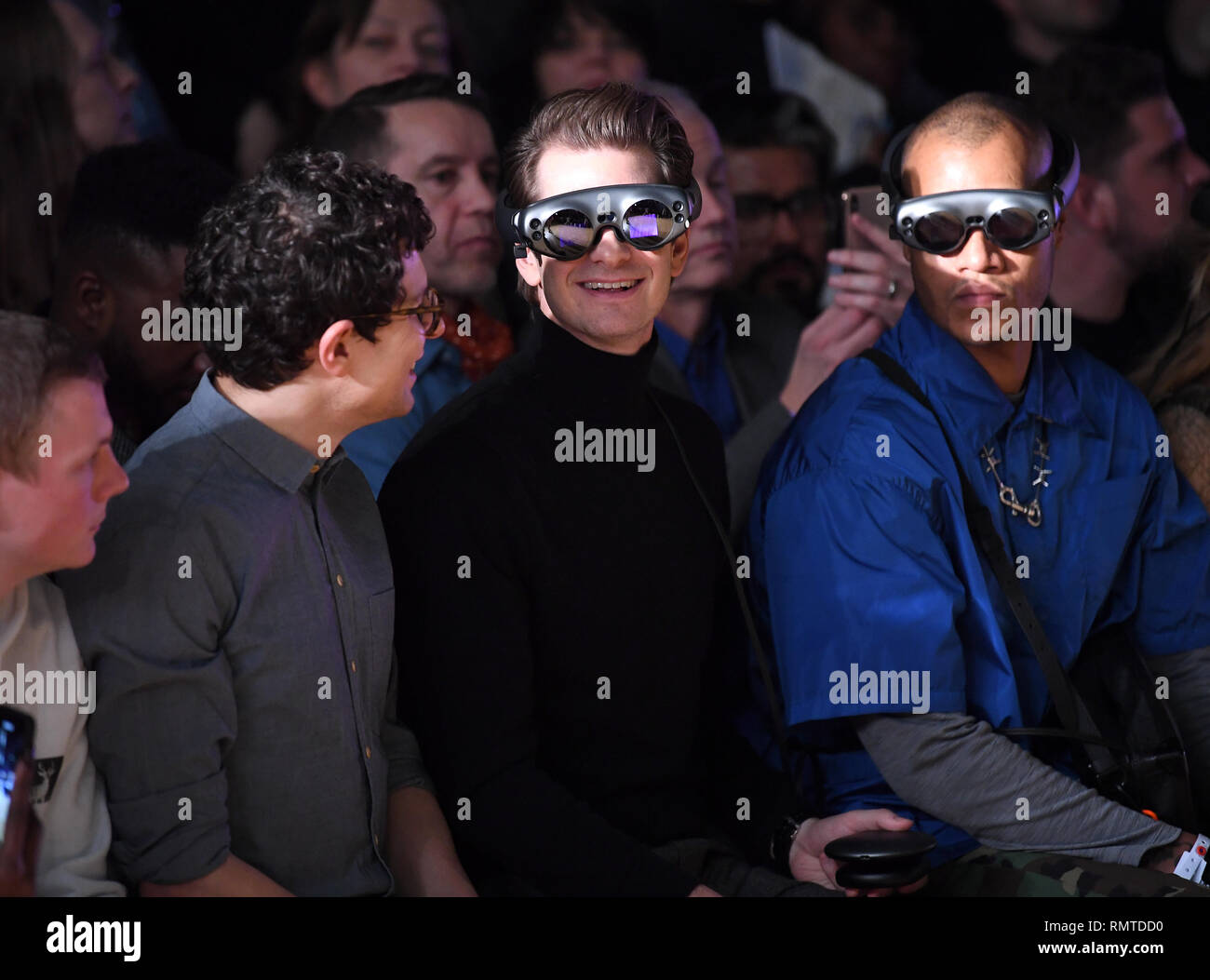

It gets around the bulk and weight of other products by putting all its computing power into a puck-shaped computer that is small enough to clip onto a belt or a pocket. Unlike other AR hardware, the Magic Leap 1 isn't just a headset. TechRepublic sister site CNET said as much in its hands-on review of the Magic Leap 1, despite having mixed feelings about it. Magic Leap 1 claims its headset displays more depth than other AR products. Magic Leap has more layers in its waveguide than competitive products-it has six distinct waveguides (two for red, two blue, and two for green). What Magic Leap 1 contains isn't an actual light field display, and in reality, it isn't unique technology: It's a typical waveguide display that bends light onto different layers of a display to create a depth effect. Light field displays are headset-free 3D images that can focus light in three dimensions in order to create freestanding virtual images. Magic Leap calls its display the "photonic lightfield chip," which makes it sound like it uses a technology called a light field display. Magic Leap 1 stands out in how it displays images. SEE: The business guide to AR and VR: Everything you need to know (ZDNet) It has a transparent front that allows its wearer to see the world around them, onboard projectors for projecting AR images to the wearer, sensors for determining where the user is in space, and onboard speakers.Ī side-by-side visual comparison of similar products puts the Magic Leap 1 firmly in the middle ground of AR headsets: It's significantly smaller than HoloLens, but way bulkier than simpler products like the Vuzix. Magic Leap 1 is an augmented reality headset that looks almost identical to similar products. SEE: Magic Leap 1 augmented reality headset: A cheat sheet (free PDF) (TechRepublic Premium) What is Magic Leap 1? We'll update this article when there is new information about the AR headset.


So, should you invest in an AR headset from a startup when similar products are available from tech giants (e.g., Microsoft's HoloLens 2)? To help answer that question, here's what you need to know about Magic Leap 1. Magic Leap, which produces Magic Leap 1, is a small startup competing with some of the largest tech companies despite that, it has made a huge impact in the AR world. One of the most hyped AR headsets is Magic Leap 1, which was first released to the public in August 2018. Apple, Google, Microsoft, and other large tech companies are developing software and hardware with the goal of making AR products that capture interest from enterprise users and consumers. Augmented reality (AR) may still be in its infancy, but it's quickly gaining traction as one of the biggest new technologies on the market.


 0 kommentar(er)
0 kommentar(er)
